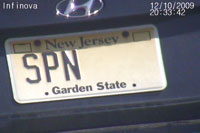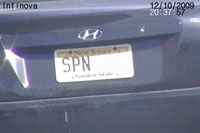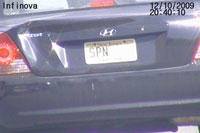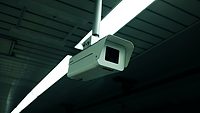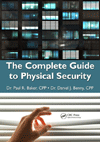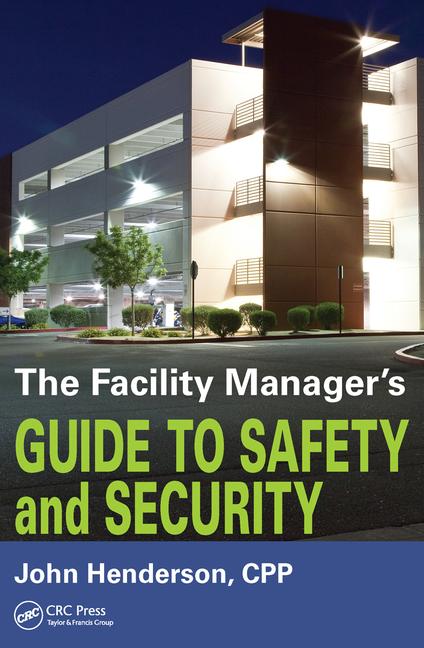Dancing to the Algorithms

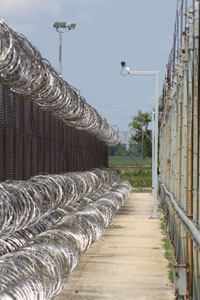
|
|
Video analytics can be part of a virtual perimeter such as the camera technology at Elayn Hunt Correctional Center in St. Gabriel, La. |
It started with fairly simple video motion detection, a certain change in pixels raises an alert. Nowadays, algorithms – basically instances of logic to produce output from given video input – have expanded to cover people, behavior, demographics, traffic patterns, objects, vehicles and virtual perimeters.
Video analytics has also evolved beyond security to include myriad business applications that can range from highway traffic management to retail merchandizing.
Video analytics can be “more than changes in pixels. You can set different points on the image – distance and height, depth perception,” says Billy Ridge of MMR Communication, a systems integrator.
Ridge helped set up a unique security video application at the Elayn Hunt Correctional Center in St. Gabriel, La., using DVTel’s ioimage intelligent video analytic cameras to assist in providing improved perimeter protection for a skilled nursing facility and a nearby cell block area where prison inmates are locked down in their cells the majority of the day.
At the edge or what some call onboard video analytics creates a virtual fence along the center’s perimeter. Upon a registered activation, cameras stream video of a potential intruder in the restricted area across the network. With smart cameras maintaining a watch of the perimeter and generating alerts upon detection of suspicious behavior, the facility sees the potential to reduce the need for manned guard towers. In addition, the video from an alert highlights and identifies the subject, providing timely information for command center operators needing to quickly assess threat levels.
MORE TECH, LESS PEOPLE
Video analytics “is a force multiplier,” says the center’s spokesperson, Pam Laborde. By deploying the technology, Elayn Hunt officers in this area of the facility respond only to analytics-generated alerts, reducing reliance on full time observation of live cameras and potentially reducing wasted time viewing lengthy video streams trying to identify breaches in the restricted zones. A patrol vehicle provides live monitoring of these zones as well.
“Like most states, Louisiana is going through a budget crunch, so they are trying to maximize their prison system manpower by leveraging technology,” says Ridge. Each camera views approximately 240 linear feet of fencing and is configured to identify and notify correctional officers should anyone try to climb the prison perimeter fence. The video is monitored by officers in multiple locations of the facility.
No doubt, video analytics enhances surveillance systems with real-time event detection but also post-event analysis of recorded images.
SERVER OR EDGE OR BOTH
Basically, there are three types of analytics implementation.
Server-based: In this approach, the analytics is through a dedicated server that pulls the video, analyzes it, and issues the alerts or analysis results. This approach is independent of the video cameras, and, therefore, is applicable to most types of surveillance systems.
Edge-based: In this approach, the analytics is through an IP video camera or video encoder with sufficient processing power to run the functionality.
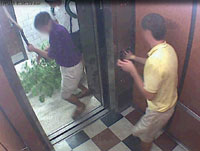
|
|
An elevator camera captures some student shenanigans at Louisiana State University, part of an ongoing upgrade to IP video which includes analytics. |
Hybrid or distributed: The analytics task is distributed between the edge device (which may be an IP camera or encoder) and a server. One example of this approach comes from Agent Vi.
Another example of the edge-based approach comes from the Dallas Area Rapid Transit (DART) operation, which deployed a video intrusion detection at the transit system’s northwest rail operations facility.
By deploying long-range thermal SightSensors, DART was able to complete the project using fewer cameras, reducing the number of poles, power and communications required. “Protecting our critical facilities in this manner enables us to run a safe, secure system,” says Jill Shaw, DART’s emergency preparedness manager.
Security and safety officials used the effort as the basis of a surveillance camera deployment plan. Not only would the camera network need to encompass the majority of LSU’s two-square mile campus, it would also take into account different stakeholders in the project and a variety of anticipated uses for the cameras.
Simple or complex, video analytics can play a key security role, especially as part of a total approach such as part of an integrated security management platform, according to Lee Thompson, general manager at Advantech, the Dover, Del., integrator.
Analytics “can help security be more proactive. Just establish the preset conditions to deter, for example, trespassing. When the image meets those presets, an alarm can sound and you get that person’s attention real fast,” observes Thompson.
|
How Good Is License Plate Recognition? |
||||
Whenever the subject of video analytics comes up, one of the applications described is license plate recognition. An Infinova field applications engineer setup some calculations using a day/night PTZ camera based on real world conditions: a function for distance in terms of focal length, scene width and imager width. The results:
|
Looking for a reprint of this article?
From high-res PDFs to custom plaques, order your copy today!
